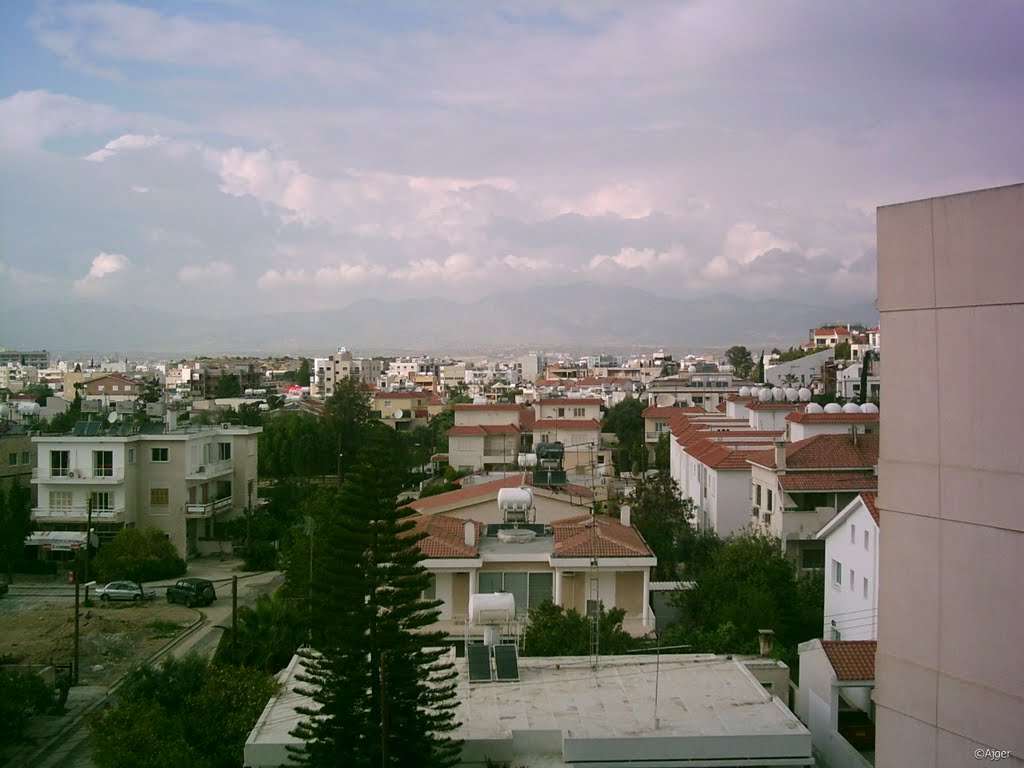Engomi (Egkomi)
Engomi was famous for silkworm rearing and produced good quality silk, and as a result, women were also engaged in weaving.
Engomi is located about 3 kilometres southwest of the capital and it is an independent municipality since February 1986. The first mayor that was elected was Mr. Michalakis Zivanaris.
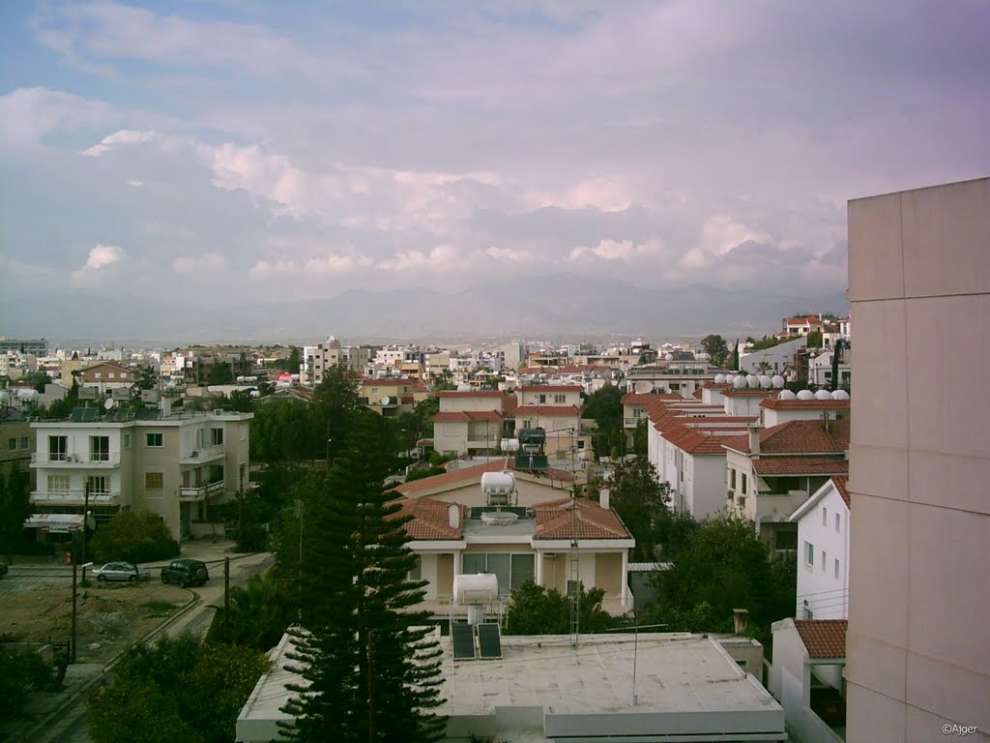 Photo: mapsights.com
Photo: mapsights.com
The name of the area came from the words "new komi" (meaning New Town), from where it went to Nengomi and finally it became Engomi.
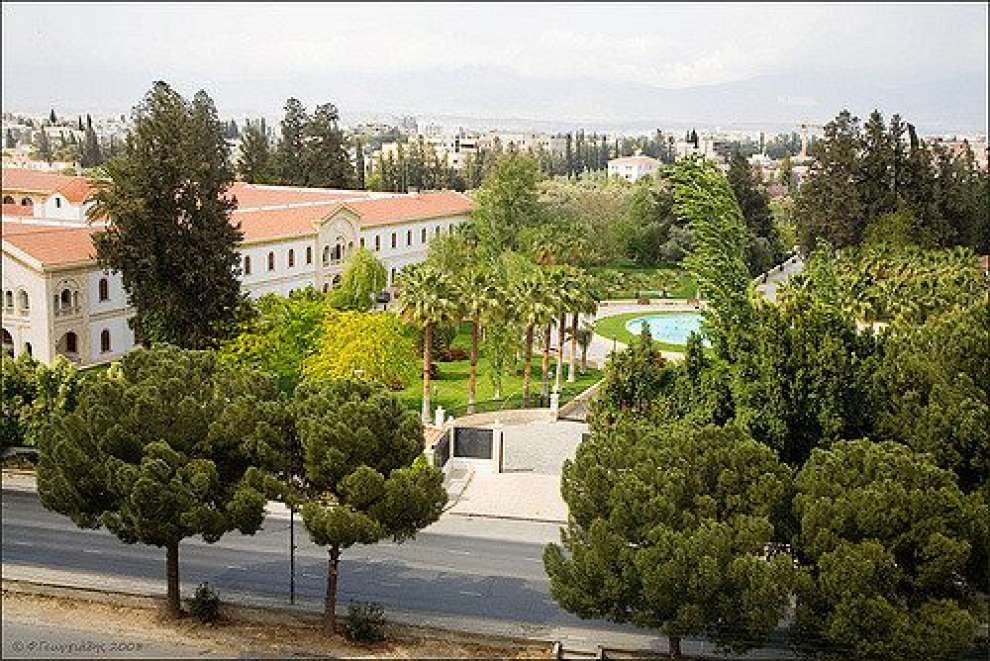 Photo: Γεωργιάδης
Photo: Γεωργιάδης
The establishment of Engomi:
It is likely that Engomi was founded in 1567, after the houses, settlements, churches and monasteries that had been left outside the old Lusignan walls of Nicosia that were demolished by the Venetians and replaced the present Venetian walls of the capital, wanting to limit the perimeter of the old walls. At that time, the homeless people of the demolished settlements moved southwest of Nicosia and three kilometres from the new city walls and one kilometre from Agios Dometios, which existed before, and so they founded Engomi.
The old Engomi was the area that stretched north-east of the old church of St. Nicholas. The first houses of the area were brick-built, ground-floor, small in the majority, without an outside courtyard. The oldest brick-built house that is preserved is a large ground floor, at Stylianos Lena Street, 12 of 1895. The streets of the village were dirt roads and very narrow.
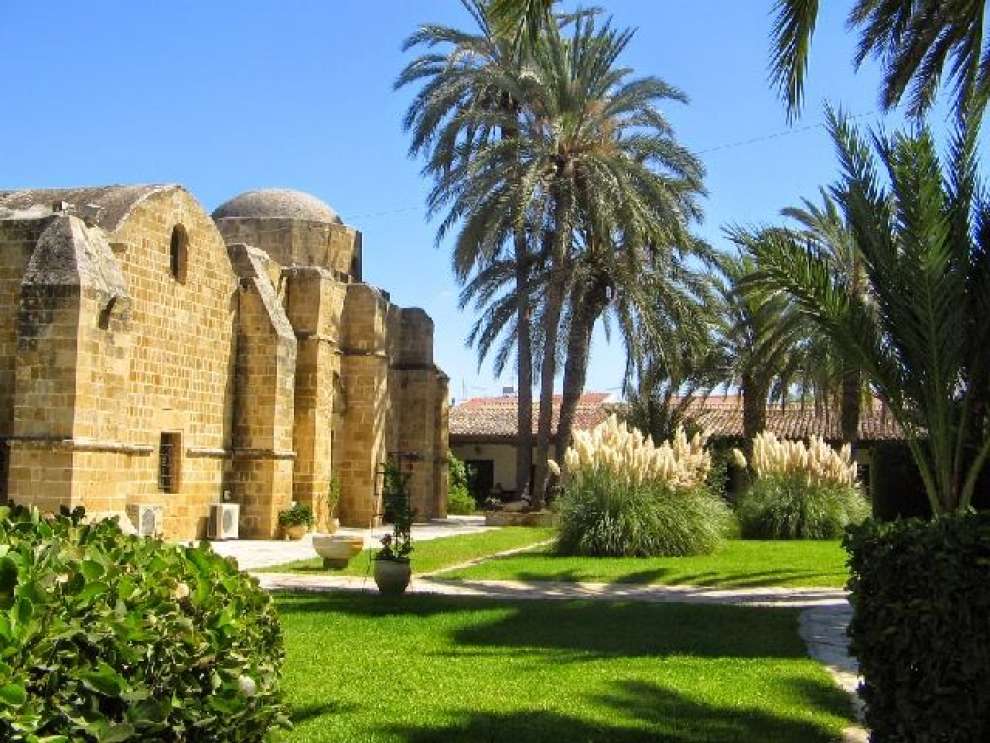 Photo: Antonis Mavrommatis
Photo: Antonis Mavrommatis
Throughout the Ottoman domination, Engomi was a small rural community where its inhabitants were engaged in agriculture and livestock farming. The main agricultural products of the village were: grain, lentils, cotton, sesame, olives and oil in large quantities, and finally the vegetables with which they fed the neighbouring city of Nicosia. Some of the inhabitants were also craftsmen, carpenters, tailors, etc.
Engomi was also famous for silkworm rearing and produced good quality silk, and as a result, women were also engaged in weaving.
It is worth mentioning that there was plenty of water on the grounds of Engomi. For the pumping of this water, windmills and pumps were used. Today, reservoirs used for irrigation purposes are preserved in the area.
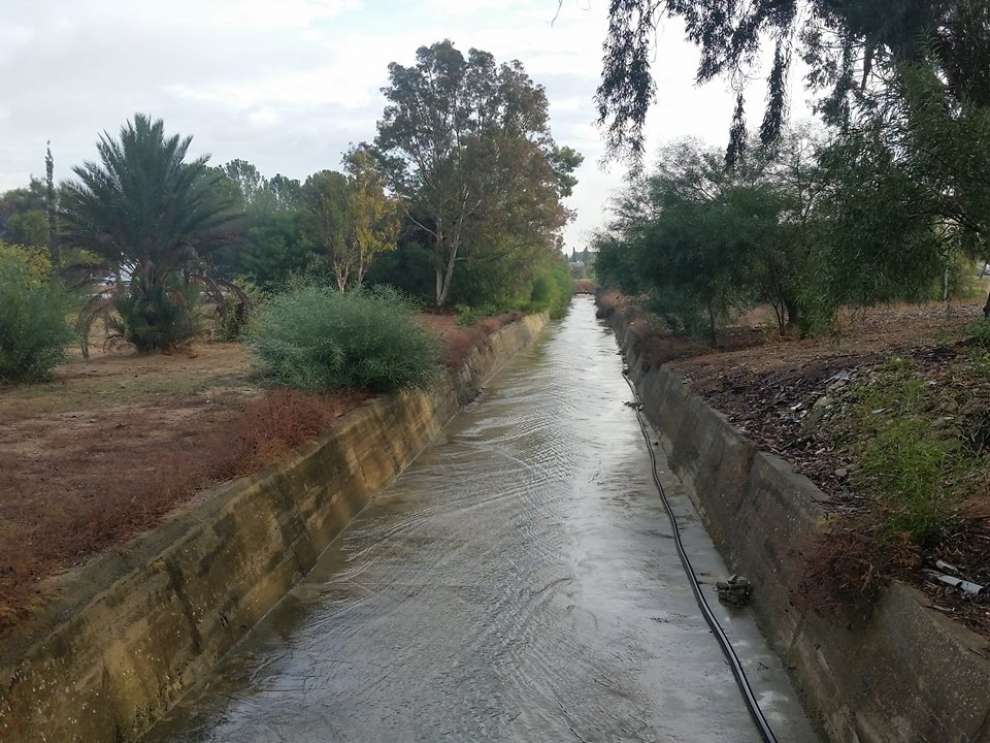 Photo: Antonis Mavrommatis
Photo: Antonis Mavrommatis
Population growth of Engomi:
During the Ottoman domination Engomi was a small village with a population of about 150 inhabitants. In the first fifty years of British occupation, there was a steady increase in population, from 172 in 1881 to 229 in 1891, to 299 in 1901, to 362 in 1911, to 450 in 1921 and to 639 in 1931. Since 1931 -1946 the population more than doubled to 1396. In 1960 it increased to 2.658 and in 1973 to 3.165.
After the Turkish invasion of 1974 with the installation of a large number of Greek Cypriot refugees, the population of the community increased from 3,165 in 1973 to 5,678 in 1976, while in 1982 it reached 5,817. At the 2001 official census, the population of the Municipality of Engomi reached 13,644.
According to the 2011 census, the municipality had 18,010 inhabitants.
Today's Engomi:
Engomi originally did not develop around its land due to the large estates that were built there, such as, the Metochion of the Kykkos monastery, the large estates prevented any development to the area and in order to fix this the land was separated into plots and the village started to build and expand onto these plots. With this change the village was able to develop.
Engomi, following the island's independence in the 1960s and especially after 1980, is developing very rapidly in all its indivisible sectors and evolving into one of the most modern and most developed municipalities in Nicosia. Of particular importance is the development that has taken place in the fields of industry, services and sport. Progress has also been made in the area of education.
Today (2018), Engomi has become an area with many leisure centres, restaurants and bars, cafes, discos, etc., attracting daily the largest percentage of those living in Nicosia.
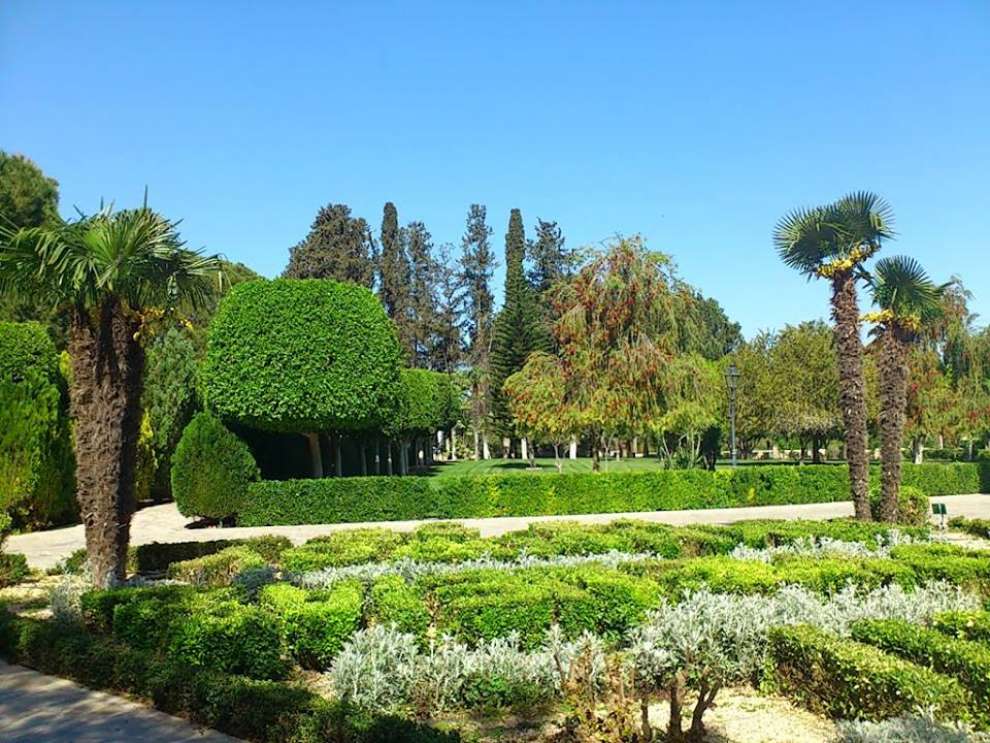 Photo: Antonis Mavrommatis
Photo: Antonis Mavrommatis
Additionally, in Engomi, in the area of Makedonitissa, in a specially arranged area of 270,000 square meters, the premises of the International (State) Exhibition of Cyprus are located.
There are also many foreign embassies in the region. The main ones are the Embassy of the United States of America, the Russian Federation, the People's Republic of China, India, Italy, Bulgaria, Ukraine and the Arab Republic of Egypt. Also in the same area are the residences of many ambassadors.
Monasteries and churches:
In Engomi there are two important monasteries. The monastery of Agios Prokopios, known as Metochion of the Holy Monastery of Kykkos and the monastery of Panagia Makedonitissa. The monastery of Agios Prokopios is the richest part of the monastery of Panagia Kykkos.
The Metochion during the Ottoman domination was an important station for the transfer of the Virgin Mary's image to years of drought. Many people visit the monastery to ask the Virgin Mary to stop the drought. It is noteworthy that in this monastery the first English High Commissioner of Cyprus, Sir Garnet Wolseley (Sir Garten Wolseley), was established in 1878. At the monastery's enclosure, the British officers of the Governor and the soldiers who came with him settled their first camp there, they stayed there until the first Governor's house was built.
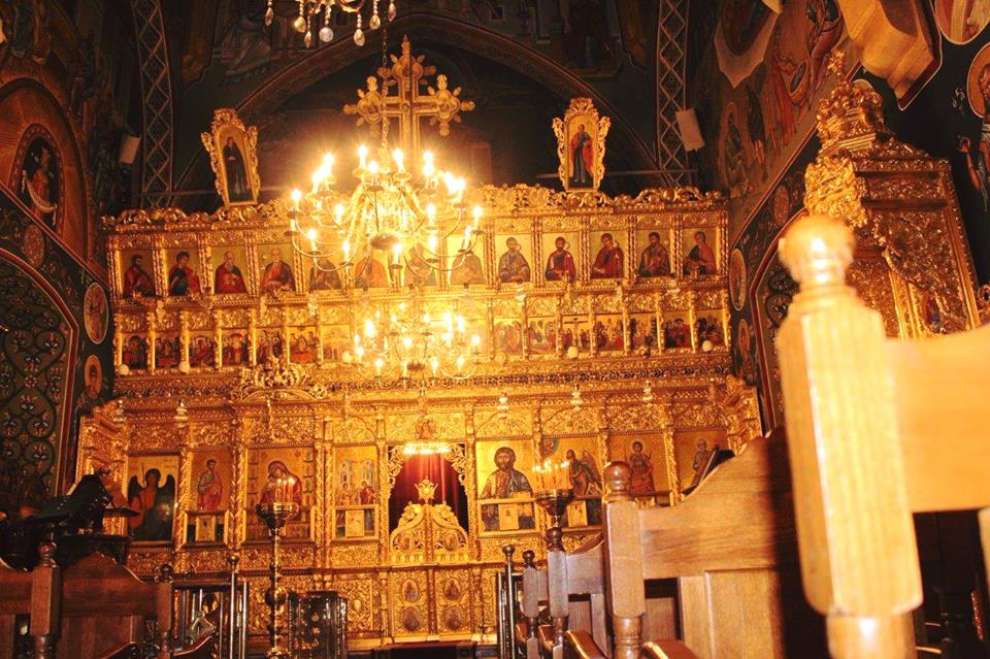 Photo: Δημήτρης Χρυσάνθου
Photo: Δημήτρης Χρυσάνθου
The monastery of Panagia Makedonitissa is 6 kilometres west of Nicosia. For the origin of the famous Makedonitissa, there are several versions. The predominant of them is that it originated from the Macedonian plant, the famous parsley. When and from whom the monastery was founded is unknown. However, according to historical sources, the monastery was preserved until the end of the 19th century.
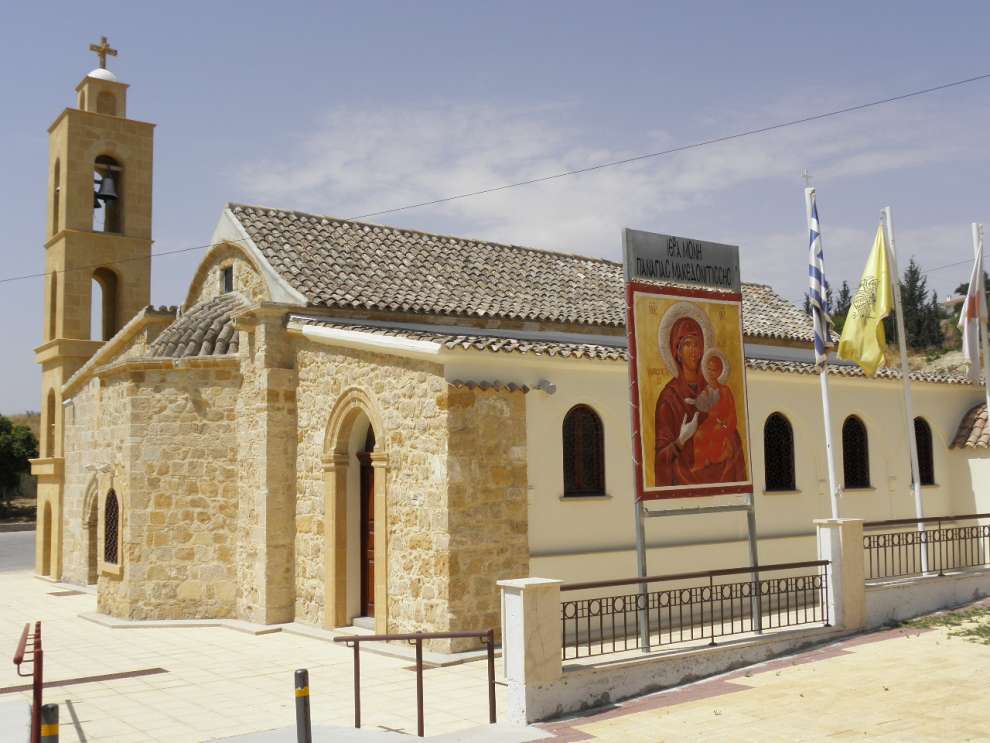 Photo: Δήμος Έγκωμης
Photo: Δήμος Έγκωμης
Besides the Kykkos Metochion and the monastery of Panagia Makedonitissa, there are 3 other churches Engomi. The new holy temple of Agios Nikolaos, the holy temple of Agios Pantes (All Saints) and the old sanctuary of Agios Nikolaos.
Monuments in Engomi:
- Monument to Fallen and Missing Commanders
- Monument to Stylianos Lena (statue)
- Monument of Polycarpus Pratsis (statue)
- Monument Elias Papakyriakou (bust)
- Monument to Nikos Kranidiotis
- Monument to Themis Drakou
- Memorial of Dimitrios Tsamkiranis
- Monument to Charila Michail (statue)
- Monument of Spyros Kyprianou (bust)
- Monument to Pontian Hellenism
- Xitou Monument
- Monument to I.H. Ioannidou
- Monument to thirteen victims of the explosion on July 11, 2011 at the Naval Base in Mari
- Monument to Fallen and Missing residents of Kyrenia
- Monument to Yiannis Kitsiou
- Andis Hadjicosti Monument
- Monument to Andreas Avraamidis
- Tomb of Makedonitissa (military cemetery)
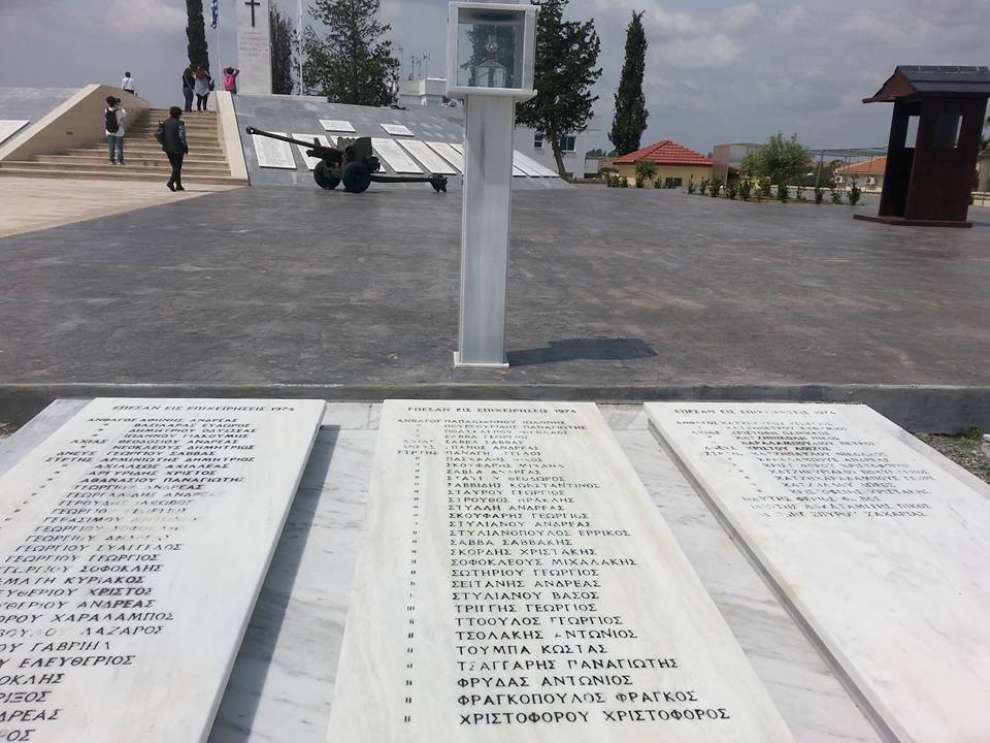 Photo: Δεσποινα Φωτιαδου
Photo: Δεσποινα Φωτιαδου
Parks in Engomi:
- Olympiada Park 2004
- Laion Park
- Park of Poets and Other Spiritual Creators
- Park of Pontian Hellenism
- Park Agapinoros
- Park of Fallen and Missing Commanders
- Athanasios Diakou Park or Park of Heros
- Park of Paul Jesus
- All Saints Park
- Agia Sophia Park or Ioannidis Park
- Erdora Vassilara Park
- Park M. Zivanaris
- Achaean Park or Tsambirani Park
- Neophytos Chandriotis Park
- Park Konstantinos Spyridakis
- Xuita Park
- Kyrenia Park
- Zimosopoulos Street Park
- Park Opap
- Old Scout Park
- Park Andrea Pavlidis
- Hera Street Park
- Saint Nicholas footpath
- China Park
- Theme Drakou Park
- Park of Mbarota
- Hector Park Road
- Nikos Kranidiotis Park
- N. Kazantzakis Park
- Roumeli Road Park
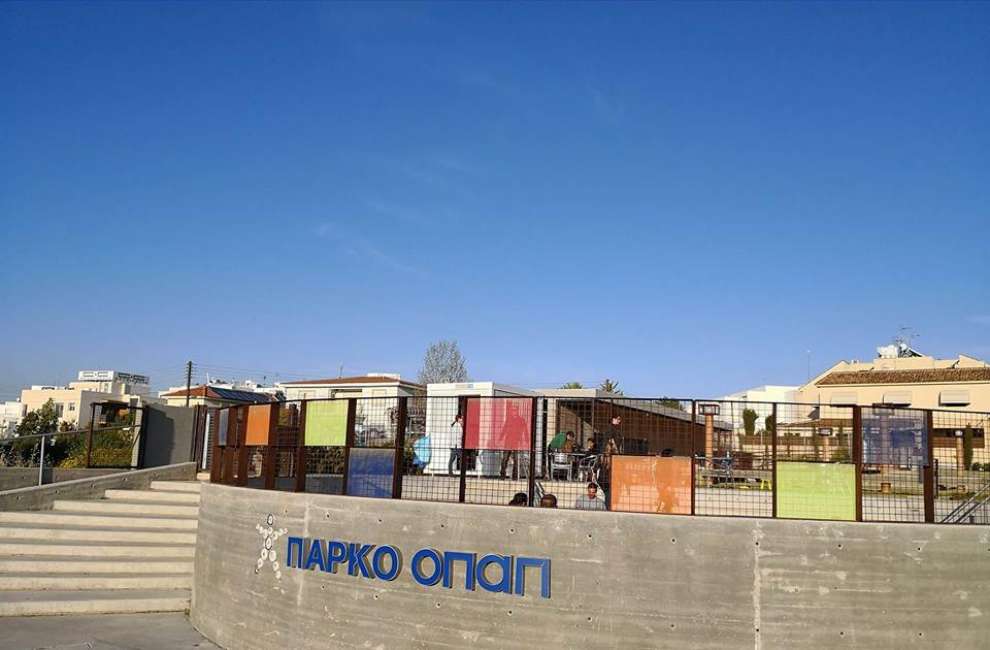 Photo: Πάρκο ΟΠΑΠ Εγκωμης
Photo: Πάρκο ΟΠΑΠ Εγκωμης
For the map of the area, click HERE

 English
English
 Ελληνικά
Ελληνικά Русский
Русский